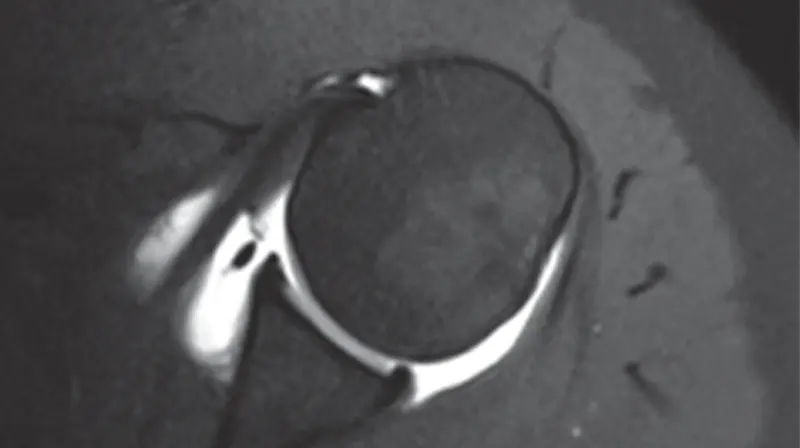The Arthrogram
December, 2018
Cyrus Khorrami, MD
Radiologist, Medical Director

A close friend hurt his shoulder. He had a MRI which showed a little arthritis and tendon inflammation. He had a few weeks of rehab and continued to have shoulder pain. At this point, his orthopedic surgeon ordered a MRI arthrogram. My friend did not know what an arthrogram was and how was it different from his first MRI.
Q:What is an arthrogram? How is it performed?
A: An arthrogram is the procedure of injecting dye into the joint. After the dye is injected, images are taken. This is most commonly done by CT or MRI. An arthrogram can be performed on any joint but the most common joints are the shoulders, knees, hips, and wrists. The radiologist cleans the skin using a sterilizing antiseptic and drapes the area with sterile dressings. Using a local anesthetic such as novacaine, the skin and deeper soft tissue is numbed. A very thin needle is inserted into the joint using the x-ray images as a guide. A tiny amount of x-ray dye is injected into the joint to confirm the needle is in the correct area. Then the joint is filled with the arthrogram dye. After the arthrogram dye has been injected, the patient is escorted to either the MRI or the CT scanner (depending on what type of arthrogram they are having).
Q:What is the arthrogram dye? What happens after it is injected?
A: If the patient is having an MRI arthrogram, the dye is MRI contrast that is heavily diluted with sterile saline (mild salt water). If the patient is having a CT arthrogram, the dye is CT contrast that is heavily diluted with sterile saline. Once the dye is injected, the patient has their MRI or CT. Afterwards, the dye in the joint will naturally absorb into the body. Since the dye is mostly salt water, it is safely injected, absorbed, and eventually excreted.
Q:What is the benefit of doing an arthrogram?
A: Slightly distending the joint with fluid makes it easier to see inside the joint. The injected dye helps outline what is inside the joint to help determine whether anything is torn. This is especially helpful to detect labral tears in the shoulders and hips.
Q:Is the procedure painful?
A: The joint is made numb with the local anesthetic. Afterwards the joint can feel sore however this does not last more than 24 hours and is easily treated with Tylenol or Advil.
Q:How should I prepare for an arthrogram?
A: No special preparation is usually required. It is best to wear comfortable clothes without metal (buttons, zippers, hooks, etc.).